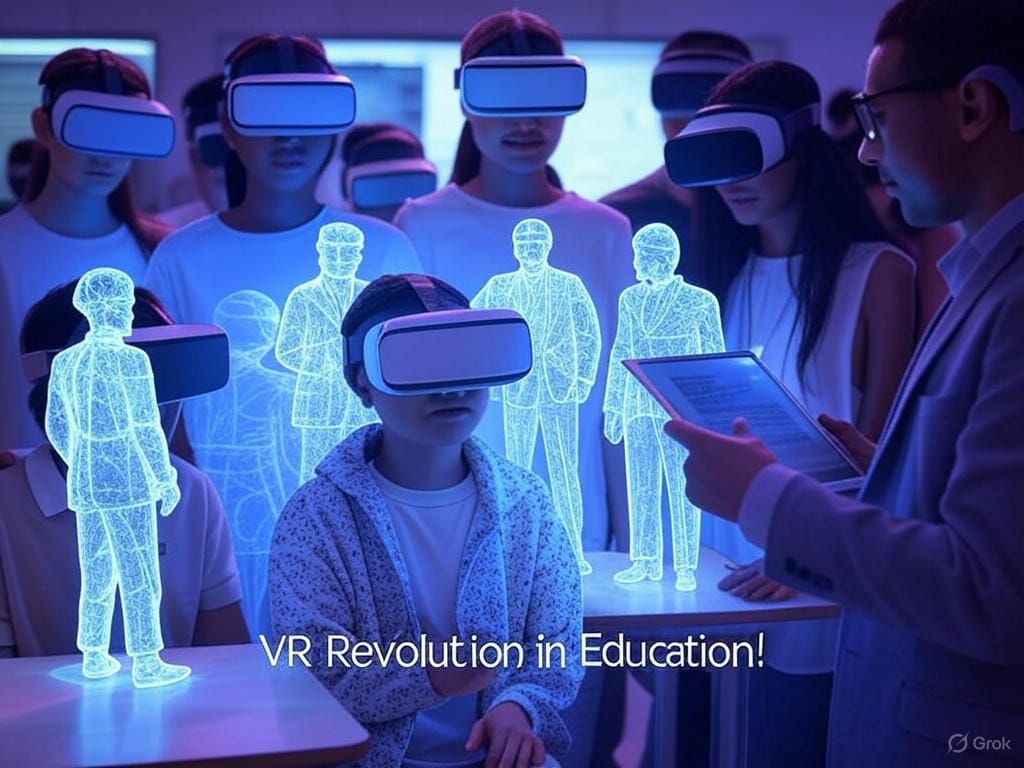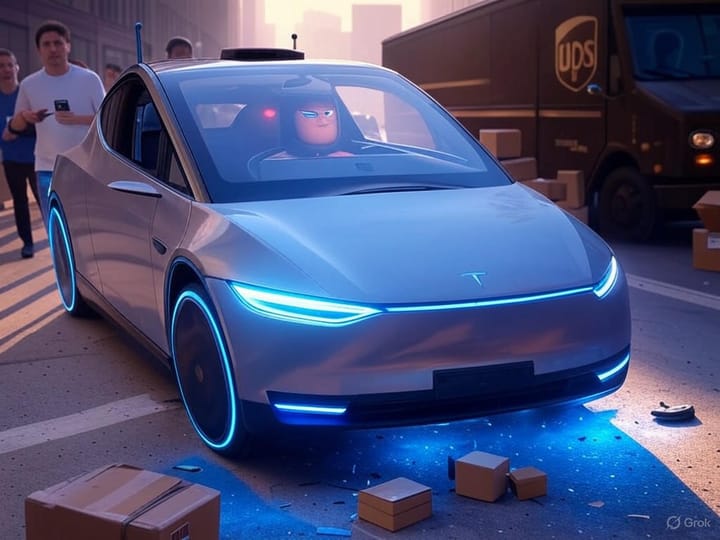Virtual Reality in Education: Transforming Classrooms with Immersive Learning

Imagine a fifth-grade classroom buzzing with excitement as students strap on sleek headsets, their eyes wide with anticipation. Today, they’re not just reading about the ancient pyramids of Egypt—they’re standing at the base of the Great Pyramid of Giza, the scorching desert sun beating down as a virtual guide explains the architectural marvels. At Willow Creek Elementary, this isn’t a one-off gimmick; it’s part of a growing movement to integrate virtual reality (VR) into education. Schools across the globe are harnessing VR to create immersive learning experiences, breaking down the walls of traditional classrooms. But while the potential is staggering, the path to widespread adoption is fraught with challenges. This feature explores how VR is enhancing education, the obstacles schools face, and why educators and policymakers should pay attention.
A New Dimension of Learning: The Benefits of VR
VR offers something textbooks and lectures often can’t: a sense of presence. When students dive into a virtual environment, they’re not passive observers—they’re active participants. At Willow Creek, history teacher Ms. Elena Rivera marvels at the difference. “My students used to yawn through lessons on ancient civilizations. Now, they’re asking questions, debating with their virtual guides, and even ‘touching’ artifacts. It’s like they’re living history,” she says. Research backs her up: studies suggest immersive learning can boost retention by up to 75% compared to traditional methods, as it engages multiple senses and fosters emotional connections to the material.
Beyond history, VR is revolutionizing subjects like science, where students can dissect virtual frogs without ethical concerns, or explore the human bloodstream as if shrunk to the size of a cell. In math, abstract concepts like geometry come alive as students manipulate 3D shapes in virtual space. For students with special needs, VR provides tailored environments to practice social skills or manage sensory overload. “I felt like I was really inside a molecule during our chemistry VR lab,” says 10th-grader Jamal Carter from Oakridge High. “It’s not just cool—it makes hard stuff click.”
The technology also fosters collaboration. Multi-user VR platforms allow students from different schools—or even countries—to work together in shared virtual spaces, building global awareness and teamwork skills. Ed-tech expert Dr. Sophia Lin, a consultant for innovative learning tools, emphasizes the broader impact: “VR isn’t just a shiny toy; it’s a gateway to equity in education. Students in underfunded schools can ‘visit’ world-class museums or conduct experiments they’d never have access to otherwise.”
Navigating the Hurdles: Challenges of VR Implementation
Yet, for all its promise, integrating VR into schools isn’t a seamless journey. The most glaring obstacle is cost. High-quality VR headsets can range from $300 to $1,000 each, and that’s before factoring in powerful computers, software licenses, and maintenance. For a district with hundreds or thousands of students, the price tag is daunting. “We want to expand our VR program, but budget cuts make it feel like a pipe dream,” admits Principal Greg Holloway of Maple Grove Middle School. Smaller schools or those in low-income areas often can’t justify the expense, risking a digital divide where only wealthier districts reap the benefits.
Access goes beyond dollars. Not all students have the physical ability to use VR comfortably—some experience motion sickness, while others with visual impairments may be excluded without adaptive tech. Then there’s the learning curve for teachers. “I love the idea of VR, but I’m not a tech wizard. Training takes time we don’t always have,” confesses Ms. Rivera. Professional development is critical, yet often underfunded or rushed.
Infrastructure poses another barrier. Many schools lack the high-speed internet or hardware to run VR smoothly, leading to frustrating glitches that disrupt lessons. Privacy concerns also loom large, as VR systems collect sensitive data on student behavior and biometrics. Policymakers must address these risks with robust regulations to protect young users. Dr. Lin warns, “Without clear guidelines and equitable funding, VR could widen educational gaps instead of closing them.”
Social media reflects this dichotomy of excitement and skepticism among educators. A recent X post from @TeachTechNow reads, “VR in my biology class today—students were mind-blown exploring coral reefs! This is the future of learning! #EdTech #VRinEd.” Yet, @OldSchoolProf counters, “VR sounds great, but who’s paying for it? My school can’t even afford new textbooks. #RealityCheck.” These snippets capture the polarized discourse, underscoring the need for strategic planning and dialogue.
Looking Ahead: A Vision for VR in Every Classroom
Despite the hurdles, the trajectory of VR in education is undeniably upward. Costs are gradually decreasing as technology becomes more mainstream, and initiatives like government grants or partnerships with tech companies are helping bridge funding gaps. Innovators are also developing lighter, more accessible headsets and cloud-based VR solutions that reduce the need for expensive hardware. “The challenges are real, but they’re not insurmountable,” says Dr. Lin. “With collaboration between educators, policymakers, and industry, VR can become a staple, not a luxury.”
Imagine a future where every student, regardless of zip code, can explore the Amazon rainforest, conduct virtual physics experiments, or practice public speaking in a simulated auditorium—all without leaving their desk. This isn’t science fiction; it’s a goal within reach if we prioritize investment and inclusivity. For students like Jamal, VR isn’t just enhancing education—it’s redefining what’s possible. “I used to think school was just about passing tests,” he reflects. “Now, I feel like I’m actually going somewhere, even if it’s virtual.”
For educators and policymakers, the message is clear: VR holds transformative potential, but its success hinges on addressing equity, training, and infrastructure. Let’s not view the challenges as roadblocks, but as invitations to innovate. As Ms. Rivera puts it, “VR isn’t perfect yet, but it’s lighting a fire in my students. That’s worth fighting for.” The virtual classroom is no longer a distant dream—it’s a frontier waiting to be explored, one headset at a time.





Comments ()